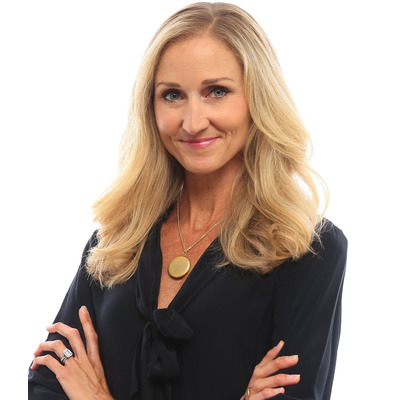

How do advertisers and media buyers find niche
social
communities which their target-customers participate in? Not easily,
that’s for
sure.
It’s time-consuming to stay up-to-date on newly launched
communities, and then tedious to search for the right salesperson’s
contact information. But
recently, a new online marketplace called Linqia
emerged that enables advertisers, or any business trying to market
through social media, to sort through various communities, find ones
that are
relevant to its product, and then connect with the communities actual
decision
makers for a small fee.
Advertisers save time and find new venues to interact with their target
market. Communities gain leads for free, and increase their revenue. Sounds like
a win-win to me.
I asked Maria Sipka, Linqia’s founder, to explain how the marketplace works
and who’s currently using it. Prior to Linqia, Maria Sipka spent two years at XING initially as
their COO responsible for the company’s international expansion and then as the
Director of Community Development building and monetizing the company’s group
offerings. She launched one of XING’s flagship groups ‘Global Business Women’
attracting more than 15,000 women from around the world.
Watson: What types of filters can advertisers use to
determine an appropriate social network for their brand?
Sipka: The primary filters an advertiser uses are language
and country. Then filters such as number of members, level of engagement/activity,
affinity or interest, age and gender are important. What often doesn’t get
considered are the social network’s interests or what types of formats they can
accept. It wasn’t until we started speaking to the key decision makers working
at social networks when we discovered filters that were important to them.
Sipka: Within two months of launching, 73 social networks
registered including XING, ecademy, Piczo, Second Life as well as some very interesting niche social networks
such as Lesbian Lips and The Cleavage Club. Our aim is to register another 130
social networks in the next month before we shift our efforts to sourcing
commercial partners/advertisers. What’s fascinating about these numbers is the
reach to members. Just the 73 social networks alone reach over 73 million
people! It’s very attractive to companies and brands wishing to reach many
people through just a few decision makers. We’ve run pilot campaigns with
T-Mobile who offered free prepaid SIM cards, a survey for FreeAgentCentral, and
shopping vouchers for BuyVIP.
to send its message to one key decision maker?
Sipka: A commercial partner pays anywhere between €20 for
smaller social networks and €100 for the larger social networks. The fee is
performance-based, so if the social network does not respond the advertiser
pays nothing. We’re inviting select commercial partners to feature their
opportunities where again we are paid on performance, in most cases a
percentage of the sale or a lead fee. In many cases, advertisers ask Linqia to
help them package their offerings before they send their request to the social
networks they’ve selected.
networks with a significant audience already have their own ad sales team. Does
your marketplace provide a lead generation platform for these salespeople, or
does it compete with them?
like XING and ecademy. We compliment their existing lead flow or as a business
development arm. Our focus is not to only register the larger social networks;
our preference is actually to attract niche, smaller social networks who are
struggling with the sales aspect of their business. We filter and review each
opportunity being sent to registered social networks and to date, they’ve been
extremely pleased to receive potential new ways to generate revenue, increase
engagement or save money. Since there’s no obligation to respond to an
opportunity and the platform is free, there’s very little downside except for a
few minutes to review the opportunity.
in, your marketplace?
Sipka: It’s a pure relationships business. We’ve spent six
years developing relationships with social networks and 90 percent of those
who’ve registered have either been referred or we’ve contacted directly. We
speak to each social network individually to understand deeply what their needs
are, the challenges they face and how we can help them.















